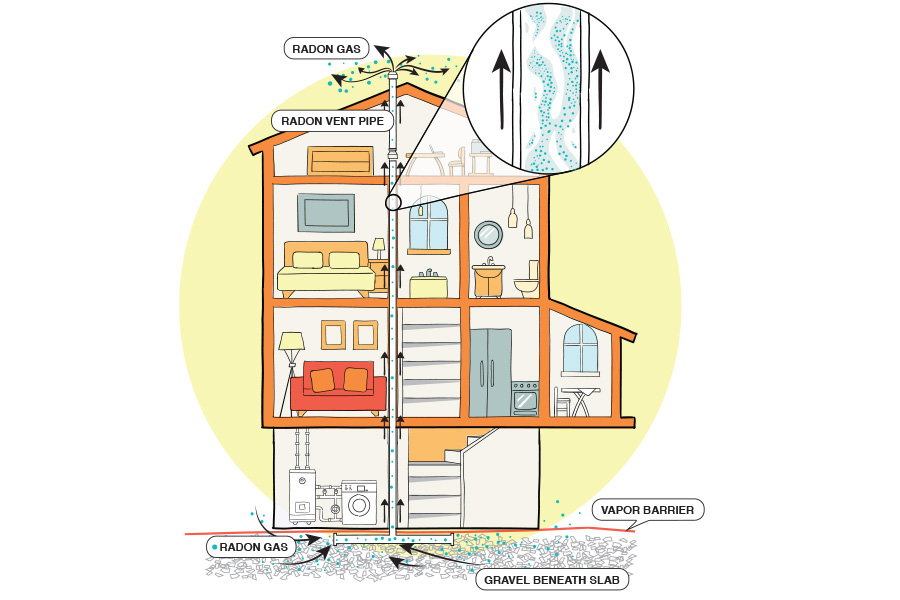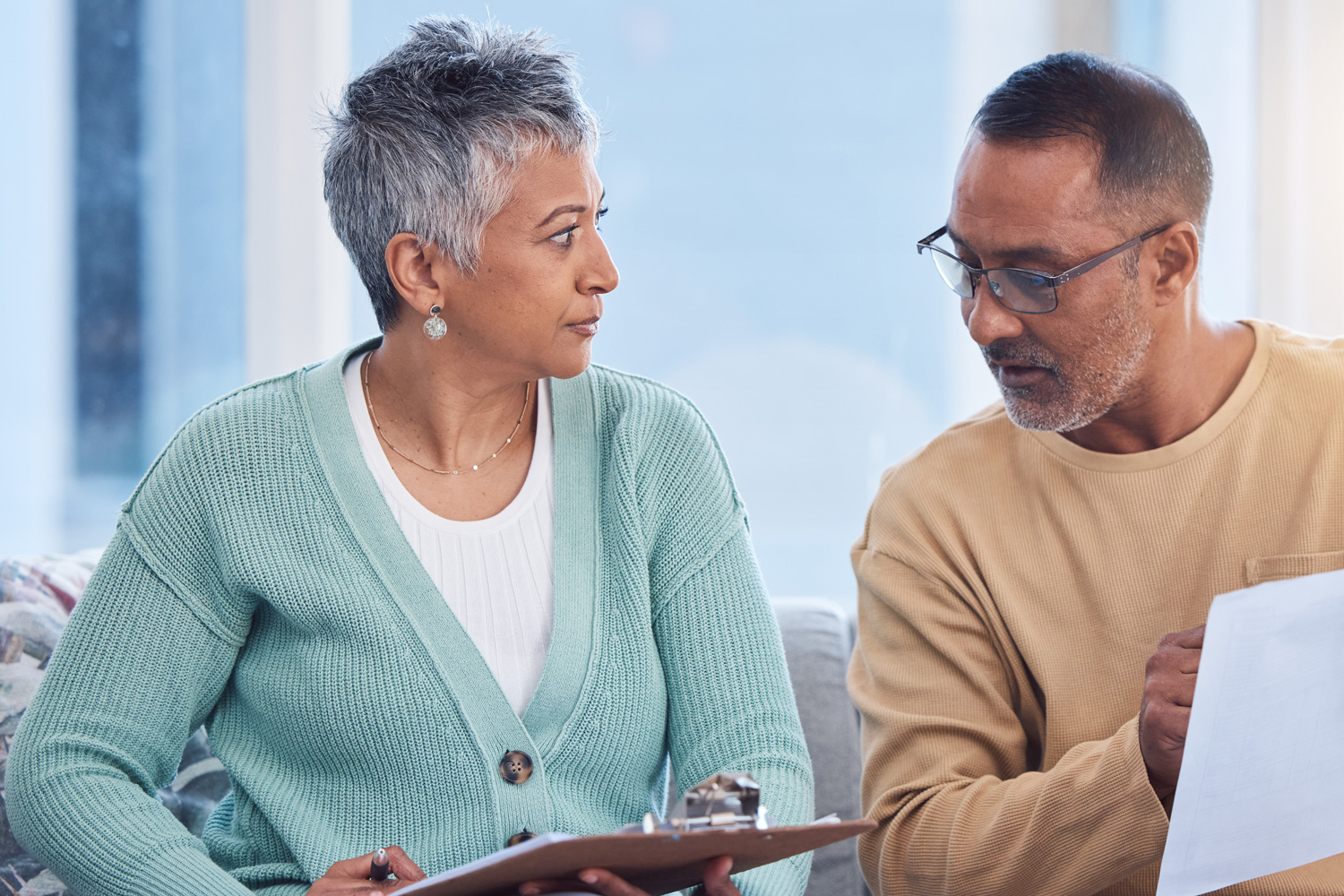Financial Planning, Housing and Consumer Economics
-
 Revised
RevisedRadon is the second leading cause of lung cancer in the United States. A radon reduction system (radon mitigation) reduces high levels of indoor radon to acceptable levels. The system most frequently used is a vent pipe system and fan, which pulls radon from beneath the house and vents it to the outside. This publication educated homeowners on what they should do before, during and after a radon mitigation and what they should expect from a radon mitigator.
Pamela R. Turner, Uttam K. Saha, and Rebecca Cantrell
|
-

The benefits of building a radon-resistant home are that it reduces a family’s risk of lung cancer; it’s easier and less costly to include features during construction; features are incorporated into the home design and improve aesthetics compared to installing a radon mitigation system after construction; it will improve the indoor air quality and reduce moisture levels; a passive system is easy to activate if needed; and it may add to the resale value of your home.
Pamela R. Turner, Uttam K. Saha, Derek Cooper, and Rebecca Cantrell
|
-

Radon may be found in one out of every 15 homes and is the second leading cause of lung cancer in the United States. This gas can enter your home through cracks and holes in the foundation, or even underground well water. This publication provides information on radon-induced lung cancer and ways to reduce elevated radon inside your home. For more information on radon, visit ugaradon.edu.
Pamela R. Turner, Uttam K. Saha, Derek Cooper, and Rebecca Cantrell
|
-

C 858-16
Radon in Your Water
Radon is a naturally occurring, radioactive gas formed from the decay of uranium and radium found in geologic deposits. Exposure to radon gas most commonly occurs through elevated levels in home air. However, in Georgia and neighboring states there is a lesser, though still significant, risk of exposure to radon dissolved in drinking water. This circular addresses the issues on its occurrence, human exposure pathways, testing, interpretations, and remediation strategies.
Uttam K. Saha, Pamela R. Turner, Derek Cooper, Kathryn Holland, and David Parks
|
-

Nearly 2.3 million children are accidentally injured every year and more than 2,500 are killed, according to the U.S. Centers for Disease Control and Prevention. Since one of the biggest threats to children is an injury occurring at home, it is important to take preventative steps to childproof your home. While this may seem like a daunting task at first, this checklist includes basic tips, broken down by room, to help make your home safer for the whole family.
Pamela R. Turner, Teresa Adkins, Janette Burkes, Brittany Harrison, Victoria Presnal, Michelle Quick, Laura T. Smith, and Diane W Bales
|
-

B 1429
Home Safety Checklist
There are many potential hazards in your home, and falls are the leading cause of injury and injury death for people 65 and older. Reduce the risk of falling by conducting a simple home assessment using the checklists below. The goal is for there to be no marks in the “no” column of the checklist.
Pamela R. Turner, Emily Williams, Michelle Quick, Charles Okpala, Brittany Harrison, Allison Eaddy, and Sylvia Davis
|
-

Our homes are filled with potentially hazardous household products we use for cleaning, gardening, auto maintenance and other activities around the house. These products may contain ingredients that can be hazardous when not used, stored, and disposed of properly. You can make your home safer and healthier by reducing exposure to hazards in your home by following these tips.
Pamela R. Turner, Olivia Handley, Michelle Quick, Keishon Thomas, Nancy Adams, and Susan L Moore
|
-

This publication covers microfiltration, which is used for physical removal of contaminants from water. It describes how these processes work, their situation-specific usefulness/applications, maintenance needed for their proper functioning, and guidance for the consumers to select the appropriate filter.
Uttam K. Saha, Douglas M. Collins, Gary L. Hawkins, Pamela R. Turner, and Laurel Dunn
|
-

Perfluoroalkyl and polyfluoroalkyl substances (PFAS) are a group of more than 9,000 manmade chemicals that have been in use worldwide since 1940, primarily in industry and numerous commercial and consumer products. The widespread use of PFAS for the past several decades has raised concerns due to their persistence, bioaccumulative nature, and potential adverse health effects. This publication provides information about the background, uses, and environmental and human health consequences of PFAS chemicals, as well as the EPA’s primary drinking water regulation standards and water treatment systems for removal/reduction of these chemicals from drinking water. Testing options and PFAS monitoring efforts by the Georgia EPD are included along with references for further reading.
Gary L. Hawkins, Pamela R. Turner, and Uttam K. Saha
|